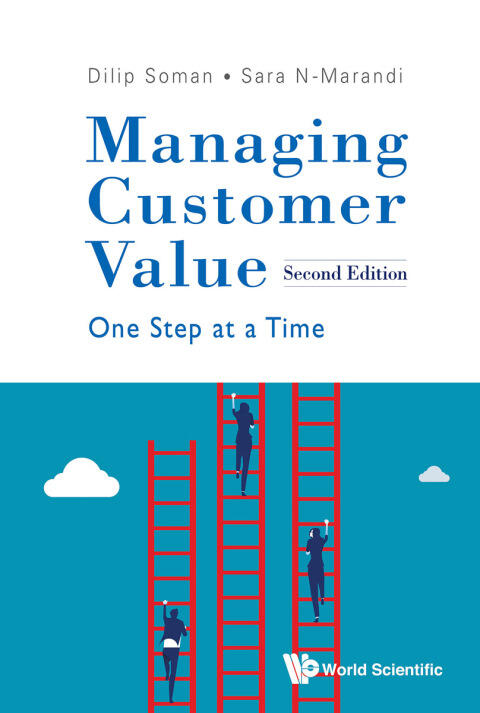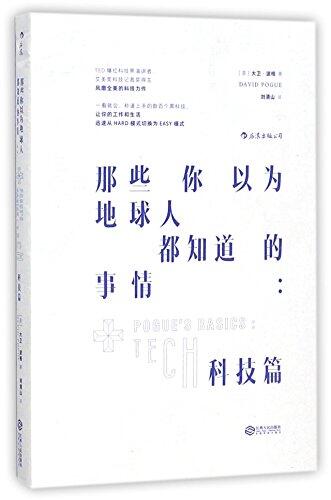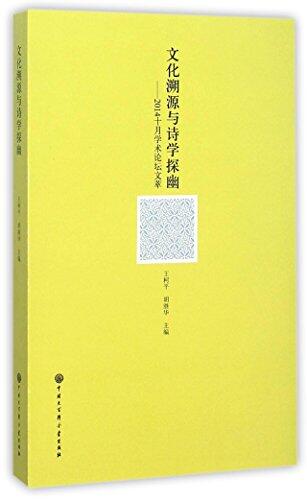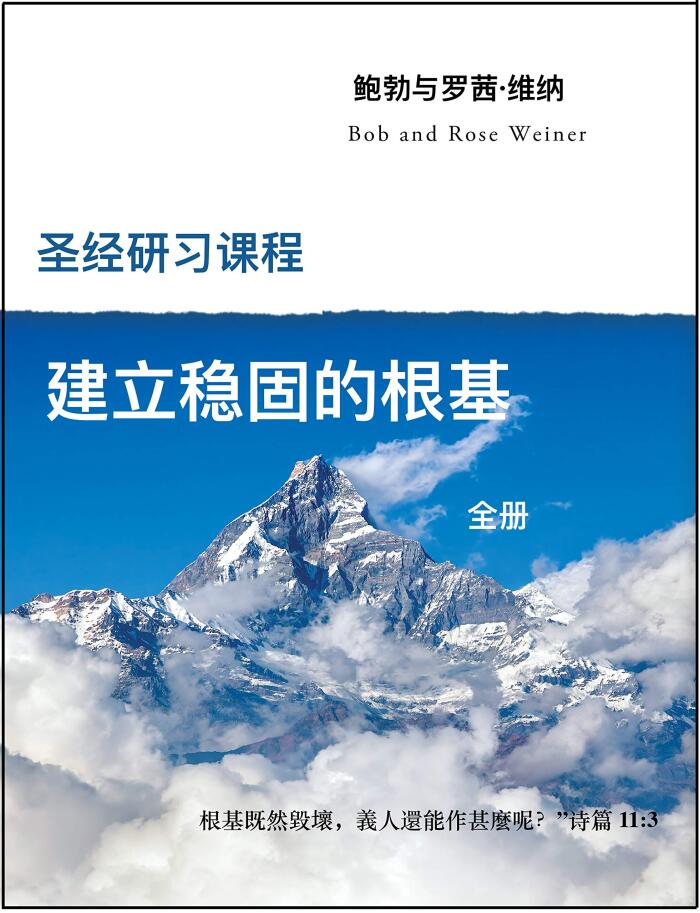
Creativity:Understanding Innovation in Problem Solving,Science,Invention,and the Arts
还没有评分
Romance
Science & Technology
格式
平装书
页数
640
语言
中文
已发布
Dec 1, 2017
出版商
Sichuan People's Publishing House
描述
In this insightful exploration of creativity, Robert W. Weisberg delves into the intricate workings of the human mind and its capacity for innovation. He challenges conventional beliefs that often separate creativity from systematic thinking, arguing instead for a harmonious relationship between the two. Through an examination of cognitive psychology, Weisberg reveals how problem-solving mechanisms play a crucial role in the inventive process across various fields, from science to the arts.
The book invites readers to reframe their understanding of creativity not as a mystical force fueled solely by inspiration, but as a process grounded in cognitive functions. Weisberg elucidates how creativity emerges through structured approaches, demonstrating that techniques, knowledge, and even constraints can enhance innovative output. By analyzing real-world examples, he illustrates how breakthroughs often result from a blend of creativity and systematic thought.
Weisberg also investigates the developmental aspects of creativity, discussing how experiences and environmental factors shape an individual's creative potential. He emphasizes the importance of nurturing creative thinking from a young age, advocating for educational environments that celebrate inquiry and exploration.
Ultimately, this work resonates with anyone intrigued by the enigma of human creativity, providing a comprehensive framework for understanding how innovation occurs. Weisberg's insights not only enrich the academic discourse but also serve as a guide for practitioners and thinkers seeking to cultivate their creative capacities.
The book invites readers to reframe their understanding of creativity not as a mystical force fueled solely by inspiration, but as a process grounded in cognitive functions. Weisberg elucidates how creativity emerges through structured approaches, demonstrating that techniques, knowledge, and even constraints can enhance innovative output. By analyzing real-world examples, he illustrates how breakthroughs often result from a blend of creativity and systematic thought.
Weisberg also investigates the developmental aspects of creativity, discussing how experiences and environmental factors shape an individual's creative potential. He emphasizes the importance of nurturing creative thinking from a young age, advocating for educational environments that celebrate inquiry and exploration.
Ultimately, this work resonates with anyone intrigued by the enigma of human creativity, providing a comprehensive framework for understanding how innovation occurs. Weisberg's insights not only enrich the academic discourse but also serve as a guide for practitioners and thinkers seeking to cultivate their creative capacities.




![Genuine] Legend of Darkmoon Nocturne - After the most affectionate love vampires werewolves Juelian ! Eponymous film by a Hollywood](https://images.bookpine.com/7a6d8f4a-5713-46d2-8af7-81217fb9f6c3.jpg)














